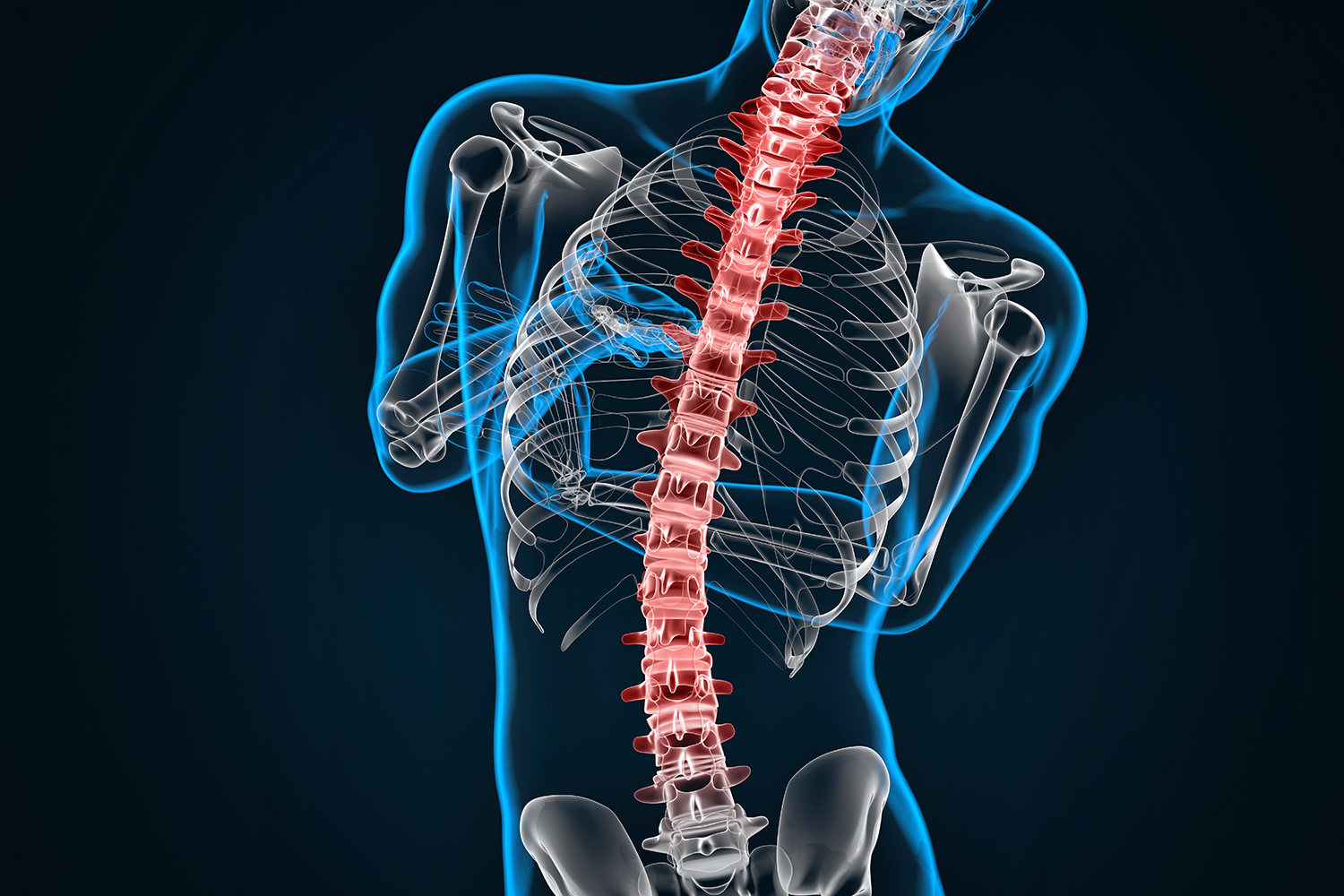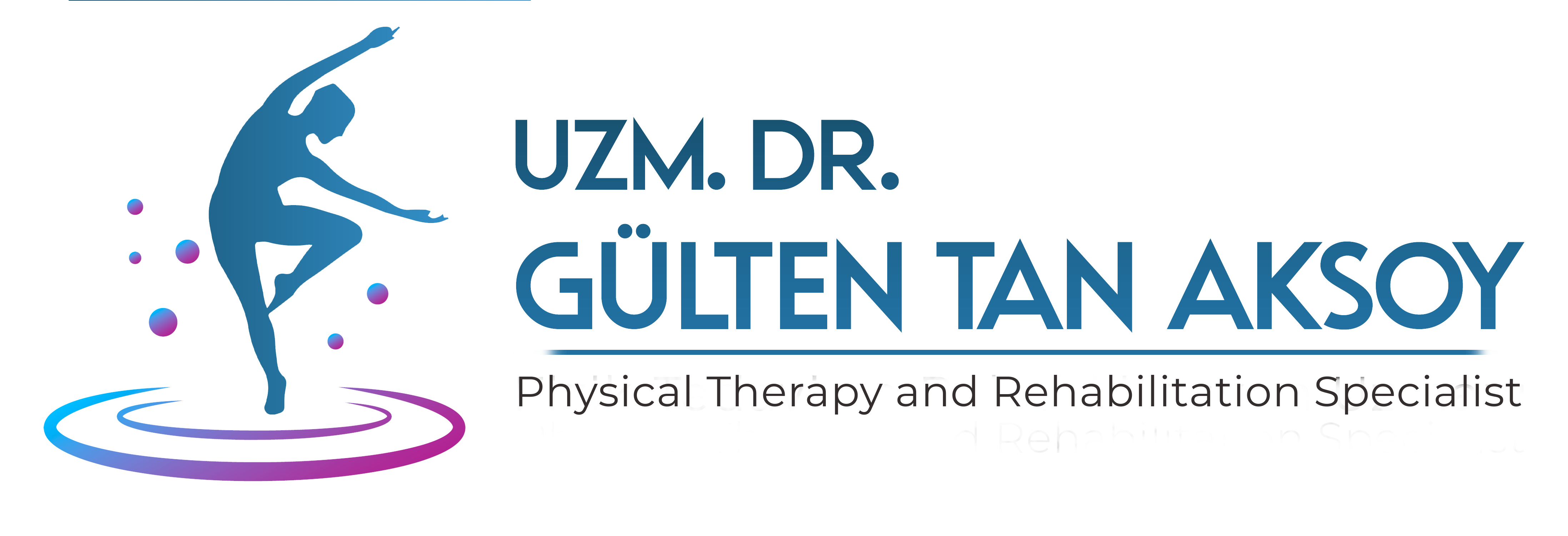Scoliosis – Surgical Treatment
In the treatment of a person with scoliosis, brace treatment is applied in patients with moderate curvature (20-40 degrees), whose skeletal development has not yet been completed, and whose curvature angle is increasing.
Corset treatment is not effective in adults or patients over the age of 17 whose growth and bone development have been completed. The use of a corset gives more effective results with exercises specially programmed for the curvature of the person. In order for the corset to be beneficial, it is usually worn for at least 20 hours a day, if possible 22 hours a day, depending on the individual's specific situation. recommended.
Surgical treatment
Brace treatment can prevent the increase in curvature in the majority of idiopathic scoliosis, which reaches noticeable levels in the pre-adolescent period. However, surgical treatment is the most ideal option for a group of patients for whom the brace is not successful or who are diagnosed late.
Different surgical techniques are used according to the patient's age, growth stage, degree, location and type of curvature. The standard practice in surgical treatment is to fix the curvature with screws or hooks, then straighten the spine and freeze the spine in its corrected state.
All types of surgery involve risks and dangers. Today, however, idiopathic scoliosis surgery, which is performed by experienced hands with the possibilities of modern medicine, gives excellent results in a generally healthy adolescent without congenital defects in the spine. When discussing the risks of any treatment, it is necessary to compare the odds with untreated patients, not healthy individuals. After a successful scoliosis surgery, patients can return to their normal lives within 1 month, and after 4-6 months, they can do all the activities they could do before the surgery. Scoliosis surgery does not prevent pregnancy, having children, or having a job in the future.
It is not necessary to operate on the curvatures of children who have completed their growth, which do not cause aesthetic problems. However, it is not an acceptable behavior to leave curvatures that have reached a level that will make the child and his family unhappy or that have the risk of progression, by considering the possible risks of surgery. The treatment decision should be made in consultation with a surgeon experienced in pediatric spine diseases.





